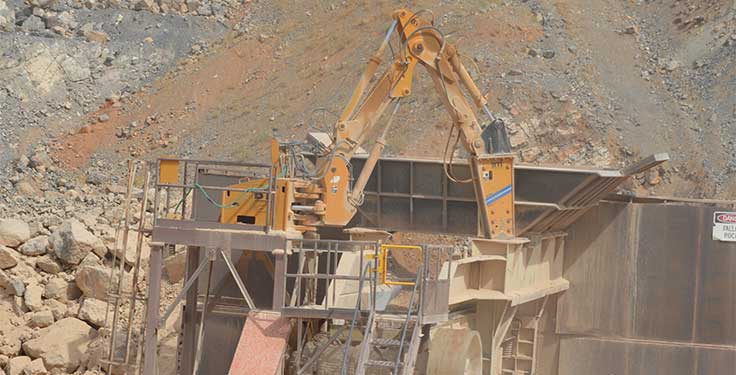
The construction industry added 22,000 jobs in August, according to an Associated Builders & Contractors (ABC) analysis of U.S. Bureau of Labor Statistics data.
On a year-over-year basis, industry employment increased by 212,000 jobs, or 2.7 percent according to ABC.
The lion’s share of job creation was among nonresidential contractors. Nonresidential construction employment increased by 21,000 positions, with growth registered in all three major subcategories. Nonresidential specialty trade added 12,100 positions, while heavy and civil engineering and nonresidential building added 7,100 and 1,800 jobs, respectively, ABC says.
The construction unemployment rate remained unchanged at 3.9 percent in August. Unemployment across all industries expanded from 3.5 percent in July to 3.8 percent last month.
“This is the era of the megaproject,” says Anirban Basu, ABC’s chief economist. “While many private developers are encountering harsher lending markets and suffering greater difficulty financing projects, the transformation of American manufacturing – combined with accelerating infrastructure spending – has dramatically increased demand for construction workers. Many of these projects exceed $1 billion. This is especially true in certain parts of the nation, including Ohio, Texas and Arizona.
“Given the outsized role of megaprojects in the current economic environment, it is conceivable that the construction industry will face recessionary conditions in certain areas of the country sometime during the next two years, even as activity surges in others,” Basu adds. “This suggests that many construction workers may decide to relocate as the disparity in industry performance widens both geographically and among various industry segments.”











